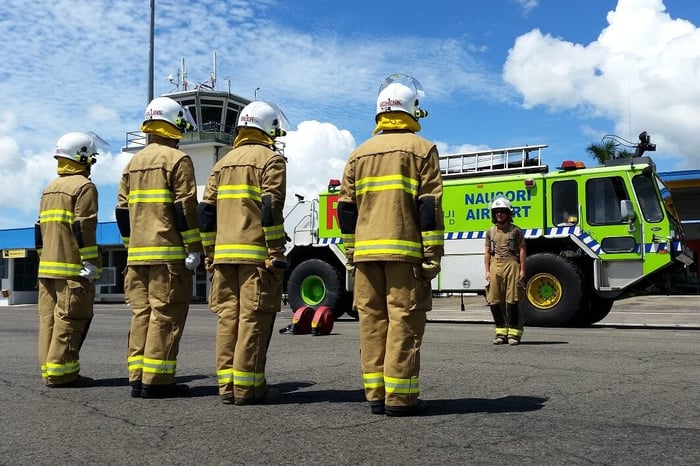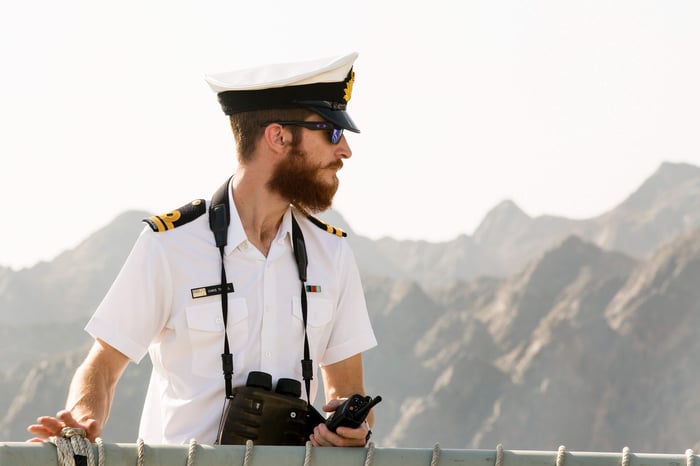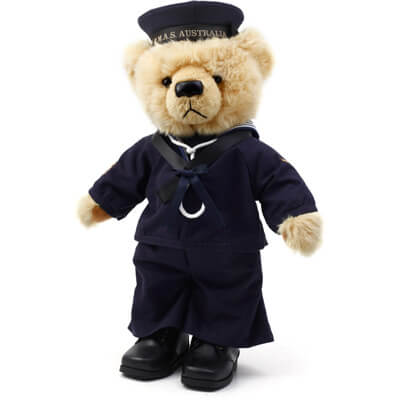
DIGGERS READY FIJIAN FIRIES FOR NEXT STORM
Operating out of Fiji’s Nausori International Airport in Suva, an Australian Defence Force (ADF) medical team and Emergency Responders from the 2nd Combat Engineer Regiment (2CER), have been conducting first-aid and equipment familiarisation training with the airport’s local aviation fire-fighters and Fiji’s National Fire Service.
The medical team and Emergency Response Section are based at the airport in support of 5th Aviation Regiment’s rotary-wing capability, facilitating the transfer of personnel, distribution of aid and Aero-Medical Evacuation (AME) as part of Operation Fiji Assist 2016.
Commander Emergency Response Section, Corporal (CPL) Robert Blamires, said that in the event of an emergency it’s important that the medical team, Fiji aviation fire-fighters and ADF Emergency Response Section work together.
“If an incident occurs involving an aircraft at the Airport, the Fijian aviation fire-fighters will be the first to respond through the airport’s control centre,” CPL Blamires said.
“Our team, as well as the medics, will provide first-aid and extraction support,”
“It’s important for us to have an understanding of each others’ standard operating procedures so that we can effectively communicate on the ground in the event of an emergency.”
The ADF medical team and Emergency Response Section were quick to recognise the need to integrate with the airport’s aviation fire-fighters through the provision of joint training.
The Fijian and Australian fire-fighters showed off their skills in a competitive display of team work. Donning their yellow turnout gear, the Emergency Responders together with the Fijian fire-fighters took to the tarmac practicing simple hose and fire-fighting drills using the airport’s two emergency response vehicles.
“Training with the Fijian fire-fighters allows us to continually develop and look at each others’ operating procedures,” CPL Blamires said.
“Not only have they learnt a lot from us but we have also learnt a lot from them in regards to aviation fire-fighting.”
Whilst trained in advanced first aid, the local aviation fire-fighters are not often afforded the opportunity to refresh their skills or practice with modern equipment.
Sergeant (SGT) Bernadette Serong from the 11th Close Health Company, said that they had been delivering various first-aid training incorporating spinal immobilisation and extraction techniques using standard ADF equipment such as the cervical collar and Kendrick Extraction Device (KED).
“We’ve shown them how to remove a casualty from an airframe,” she said.
“We have also covered haemorrhage control techniques using improvised tourniquets and splinting techniques for various fractures they might see.”
In addition to working closely with the airport’s aviation fire-fighters, the ADF medics and Emergency Responders have been visiting surrounding fire stations delivering training.
Acting Station Officer, Suva Fire Station, Mr Timoci Nakaruru, said that the visits had given him an understanding of how the ADF conduct disaster relief operations, providing insight into the possibilities for future emergency response and AME capability.
“It gives us an idea of how we should be thinking in the future if we want to effectively respond to the outer islands,” Mr Nakaruru said.
“During the height of the cyclone we received many calls from the outer-islands. Because we have limited capability there, we just couldn’t respond to them all,”
“Down the line, in a few years or so, we need to have the capability to airlift our rescue teams into the villages so we can save more lives.”
Whilst the training delivered will better equip the Fijian’s for future disasters, the Emergency Responders will also return home with improved skills and broadened industry knowledge.
“It’s not often that we get the chance to train with different fire-fighting agencies, so this has been great exposure for my crew,” CPL Blamires said.













